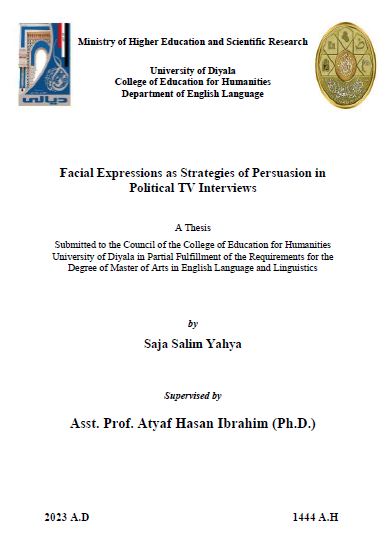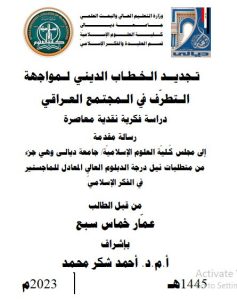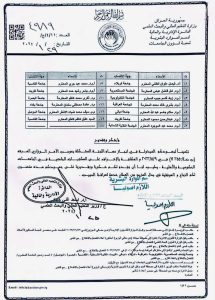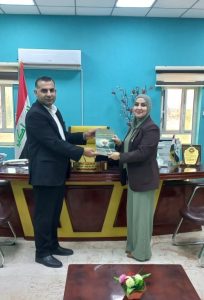
Abstract
Facial expressions are the nonverbal cues people use to communicate. They form a large part of the daily communication process between interlocutors and play an important role in interaction. The study intends to explore the significance of facial expressions and what impact they have on conversations.
This study aims at investigating facial expressions and their role in the persuasion process during conversation in political interviews. The study is based on the hypotheses that many interlocutors use facial expressions, as a persuasive technique in interaction with others to express emotions, thoughts and attitudes and fulfill their intentions in addition to convincing people of certain messages.
To achieve the aims of the study, two types of procedures have been adopted: theoretical and practical. The theoretical procedures consist of presenting the basic notions of persuasion and nonverbal communication including body language, paralanguage, and facial expressions. On the other hand, the practical procedures consist of analyzing recorded videos of twelve English political interviews, selected from different countries and cultures around the world. The videos are downloaded from YouTube channel and saved on a DVD, as an appendix.
The selected interviews have been analyzed in the light of an eclectic model based on Cialdini’s (2001) model concerning strategies of persuasion, Matsumoto’s (2013) model, concerning the forms and functions of universal facial expressions, and Argyle and Dean’s (1965) model concerning the functions of eye contact.
The results of analyzing the selected data have shown that facial expressions are frequently used by both interlocutors; interviewer and interviewee, as strategies of persuasion in political TV interviews. The interviewer influences the guest and persuades him to speak openly. On the other hand, the guest uses facial expressions in conveying his point of view, intentions and feelings and persuade the interviewer and the audience. The results show that the function of information seeking is the highest function of eye contact, then comes the functions of happiness and liking that are used as strategies of persuasion.
The study ended up with a number of conclusions, recommendations, and suggestions for further studies.




